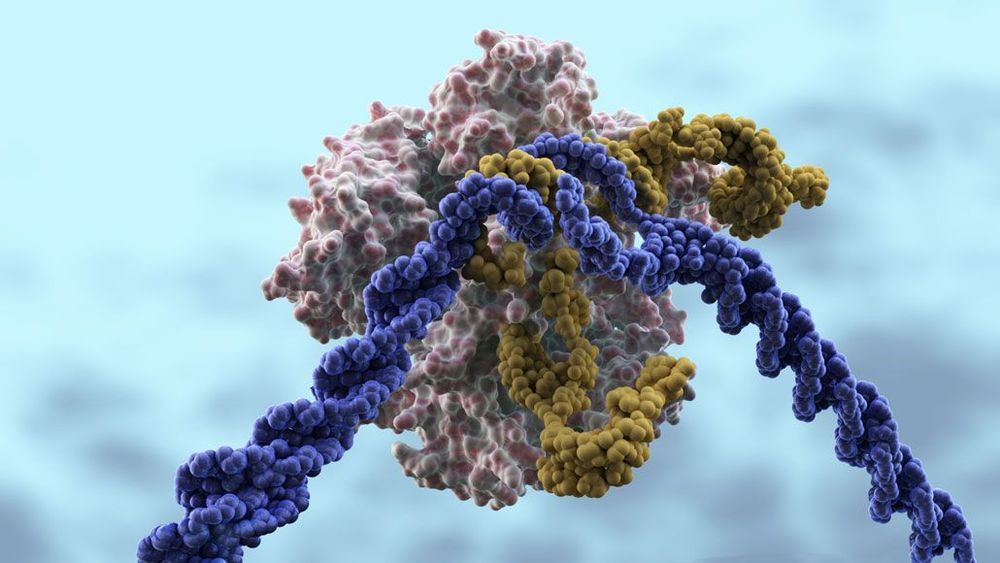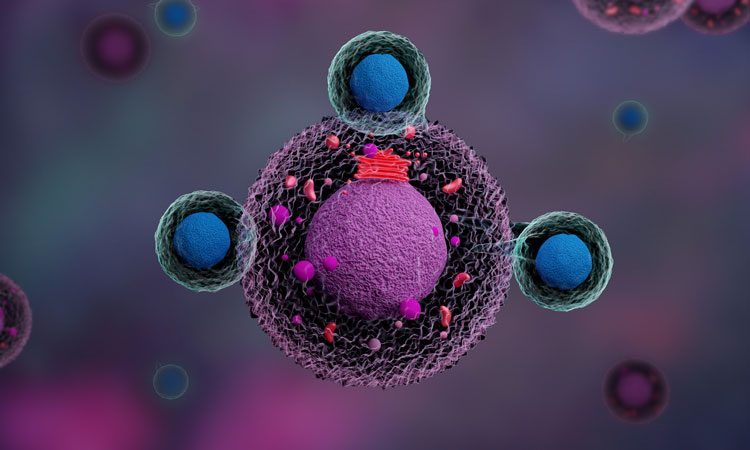Trials of the gene editor in people began in the United States this year, a first step toward fulfilling the technology’s medical promise.



Intel this morning issued a statement noting that it has picked up Israeli AI chipmaker Habana Labs. The deal, valued at around $2 billion, is the latest piece of some hefty investments in artificial intelligence that include names like Nervana Systems and Movidius.
In July, Habana announced its Gaudi AI training processor, which the Tel Aviv startup promised was capable of beating GPU-based systems by 4x. The company has been rumored to be a target for an Intel acquisition for a while now, as Intel looks to get out in front of the AI market. The company clearly doesn’t want to repeat past mistakes like missing the boat on mobile.
So far, the strategy looks like it just may pay off, giving Intel a marked advantage in a category it notes will be worth around $24 billion by 2024. In 2019 alone, Intel notes, the company expects to generate in excess of $3.5 billion in “AI-driven revenue,” a 20% increase over the year prior.
Jim Mellon, speaking at Master Investor’s Investing in the Age of Longevity 2019 event.
Master Investor is an investment media and events company that delivers independent, financial commentary and analysis to UK private investors and traders through events, magazines, news, blogs, podcasts and daily/weekly newsletters.
Read our latest magazine at www.masterinvestor.co.uk/magazine
Book a free ticket (use code MIYT) to attend the annual Master Investor Show (28th March 2020): https://masterinvestorshow-2020.reg.buzz
Keep in touch:
Newsletter | https://masterinvestor.co.uk/subscribe
Twitter | https://twitter.com/masterinvestor
Facebook | https://facebook.com/masterinvestor
LinkedIn | https://www.linkedin.com/company/masterinvestor

Based on files uploaded to the VirusTotal scanning service, the ransomware attack on the City of New Orleans was likely done by the Ryuk Ransomware threat actors.
On December 14th, 2019, one day after the City of New Orleans ransomware attack, what appear to be memory dumps of suspicious executables were uploaded from an IP address from the USA to the VirusTotal scanning service.
One of these memory dumps, which contained numerous references to New Orleans and Ryuk, was later found by Colin Cowie of Red Flare Security and shared with BleepingComputer.com.

Studying how a set of conjoined twins know what the other is seeing has “validated” a ground-breaking approach to brain implants that could have come straight from the science fiction TV series Black Mirror.
Despite having separate brains, the twins in Canada can communicate thoughts and see or feel each other’s sensory input, even if their respective eyes are closed, prompting scientists from a US-based artificial intelligence (AI) developer to take a closer look.
Dr Phillip Alveda, founding chief executive of Corticol.ai, said functional magnetic resonance imaging (FMRI) showed the twins’ brains were connected via a single passage which led into each thalamus.
For those needing an uplifting, cheery video wink
Nikola Danaylov at #DarkFutures: #NeoTechnocracy – The #Future is Worse than You Think.

This is the short closing speech I delivered at the 2019 Dark Futures meetup in Toronto. Not my finest speech but, since event organizer and futurist Nikolas Badminton kindly gave me a video of my keynote, I thought it may be good to share it publicly and get your critical feedback.
Feel free to post your comments below.
Title: NeoTechnocracy: The Future is Worse than You Think

Antibiotic-resistant bacteria are increasingly the source of deadly infections. A team of scientists from the Technical University of Munich (TUM) and the Helmholtz Center for Infection Research (HZI) in Braunschweig have now modified an approved cancer drug to develop an active agent against multidrug-resistant pathogens.
The methicillin-resistant Staphylococcus aureus (MRSA) is the source of severe and persistent infections. Some strains are even resistant to multiple antibiotics. There is consequently an urgent need for new drugs effective against MRSA infections.
“The industrial development of new antibiotics is stalling and not keeping pace with the spread of antibiotic resistance. We urgently need innovative approaches to meet the need for new infection therapies that do not lead directly to renewed resistance,” says Prof. Eva Medina, director of the HZI Infection Immunology Research Group.

CAR-T therapy has been hailed as a cure for cancer, but what really is this ‘miraculous technology’ and what can we actually expect from it?
The field of immuno-oncology is booming with billions of euros in investment. The ability to rewire our own immune system to fight cancer has certainly created huge expectations. After the success of the first checkpoint inhibitor drugs on the market, many are turning their attention to CAR-T cell therapy.
There are two CAR-T therapies already on the market. The field is now booming, with over 800 CAR-T clinical trials running. But is this therapy really a cure for cancer, as many seem to believe? Can the technology meet such high expectations? Are side effects a concern? Is it worth the huge price tag? To answer the most burning questions, I talked with some of the leaders in this field to draw an overview of the current state of CAR-T technology.
Older people could significantly increase their chances of enjoying a long retirement by taking aspirin regularly, according to new research.
Pensioners who took the drug at least three times a week were almost a fifth more likely to be alive about a decade later than those who did not.
The findings of the study bolster a growing body of evidence about the benefits of aspirin.

In 1965, American engineer Gordon Moore made the prediction that the number of transistors integrated on a silicon chip doubles every two years or so. This has proven to be true to this day, allowing software developers to double the performance of their applications. However, the performance of artificial intelligence (AI) algorithms seems to have outpaced Moore’s Law.
According to a new report produced by Stanford University, AI computational power is accelerating at a much higher rate than the development of processor chips.
“Prior to 2012, AI results closely tracked Moore’s Law, with compute doubling every two years,” the authors of the report wrote. “Post-2012, compute has been doubling every 3.4 months.”